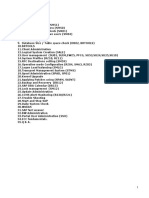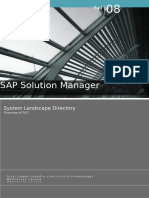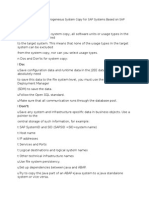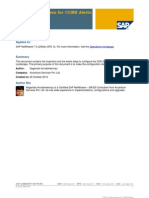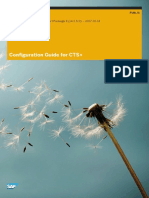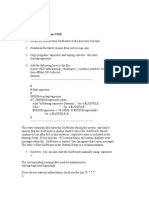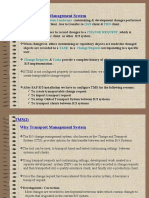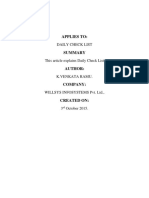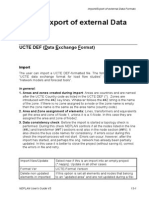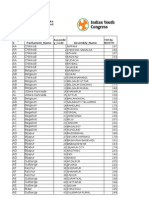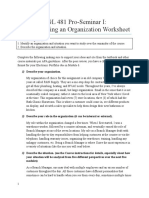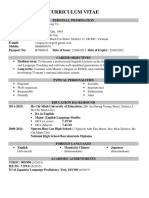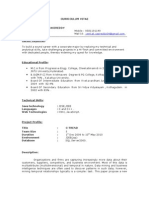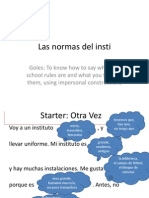0% found this document useful (0 votes)
63 views14 pagesSAP Basis Monitoring T-Codes
The document outlines various SAP transaction codes (T-Codes) used for system monitoring and management, including SM51 for active servers, SM66 for global work processes, and SP01 for spool requests. It details the functions of each T-Code, such as checking job statuses, analyzing system logs, and monitoring memory configuration. Additionally, it emphasizes the importance of performance tuning and user management in SAP Basis administration.
Uploaded by
tanuyadav911Copyright
© © All Rights Reserved
We take content rights seriously. If you suspect this is your content, claim it here.
Available Formats
Download as DOCX, PDF, TXT or read online on Scribd
0% found this document useful (0 votes)
63 views14 pagesSAP Basis Monitoring T-Codes
The document outlines various SAP transaction codes (T-Codes) used for system monitoring and management, including SM51 for active servers, SM66 for global work processes, and SP01 for spool requests. It details the functions of each T-Code, such as checking job statuses, analyzing system logs, and monitoring memory configuration. Additionally, it emphasizes the importance of performance tuning and user management in SAP Basis administration.
Uploaded by
tanuyadav911Copyright
© © All Rights Reserved
We take content rights seriously. If you suspect this is your content, claim it here.
Available Formats
Download as DOCX, PDF, TXT or read online on Scribd
/ 14


